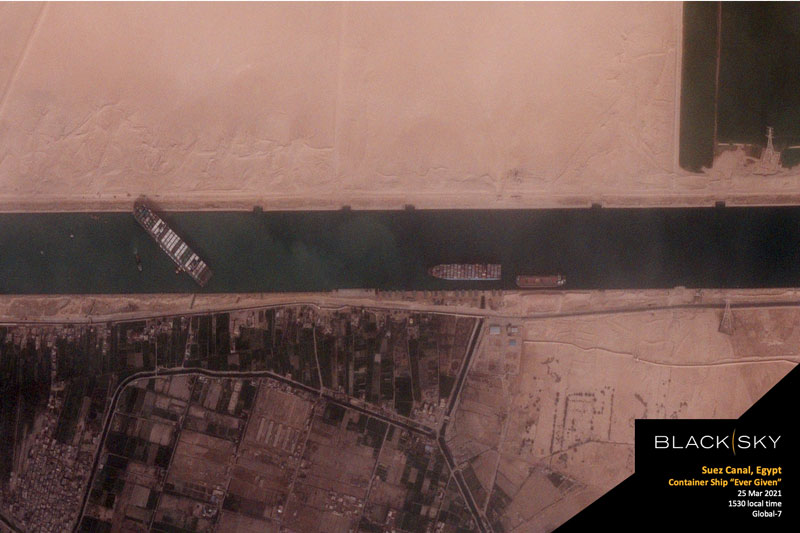The prospect of resumed passage through the Suez Canal has the maritime cargo industry bracing for the next phase of the crisis – a race to ports around the world.
Data from supply chain visibility company project44 indicates that consumer goods will be delayed as the canal incident creates worsening congestion at ports.
project44 has published cargo data and route information that highlights where the post-Suez competition for docking capacity will be the most intense. Ports including Jeddah, Rotterdam, and Singapore are likely to be overwhelmed.
Vessel data released by project44 details the retail value of the cargo stuck in transit, currently at over $83 billion.
With reroutes further complicating scheduling, boats currently making their way around Africa will soon join the competition for limited discharging capacity at ports where supply chain breakdowns will take place in the weeks ahead.
Apparel, sports equipment, automotive, and consumer electronics are all on track for disruption.
“Just because your cargo is moving again doesn’t mean you can breathe easy,” says Jett McCandless, CEO of project44.. “understanding and monitoring port congestion over the next few weeks will inform us about how large the shockwaves from this incident are going to be. As this saga unfolds, it will take on increasingly global proportions.”
JLL’s Global Head of Supply Chain & Logistics Solutions, Rich Thompson, told SCMR that the recent blockage of the Suez Canal by a large container ship highlights the fact that the strangest things can happen in supply chain and often do.
“When it comes to global trade, ocean shipping accounts for 80% of the movement of goods and there are only two ‘shortcuts’—the Suez Canal completed in 1869 and the Panama Canal completed in 1914,” he says.
Although this is not first time the Suez Canal closed it down to traffic, this massive traffic jam holds up nearly $10 billion in global trade each day that passes through the canal.
“That creates a huge bottleneck with over 300 other vessels waiting to get through or bypass the canal by adding over 3,000 miles and two weeks to their trip to go around,” says Thompson.
There are two terms that everyone learns when studying supply chain management. The first is ‘bottleneck’ and this is a vivid example of a bottleneck. The second is ‘bullwhip effect’ which refers to the backend consequences of such a problem or mistake. The bullwhip effect related to this will essentially mean that consumers will face certain shortages of products in the near-term and will be paying more for those products in the mid-term.
SC
MR


Latest Supply Chain News
- Early bird pricing expires soon for NextGen Supply Chain Conference registration
- A $125M Portland project seeks to revitalize a historic community, U.S. manufacturing
- Innovations in last-mile delivery and their strategic impact
- Embrace resistance for greater success with change management
- 6 Questions With … Steve Johanson
- More News
Latest Resources

 Explore
Explore
Business Management News
- Early bird pricing expires soon for NextGen Supply Chain Conference registration
- A $125M Portland project seeks to revitalize a historic community, U.S. manufacturing
- Innovations in last-mile delivery and their strategic impact
- Embrace resistance for greater success with change management
- Canada Industrial Relations Board orders binding arbitration, halting potential rail strike
- Delivery costs continue to drive shopper preferences
- More Business Management
Latest Business Management Resources

Subscribe

Supply Chain Management Review delivers the best industry content.

Editors’ Picks





